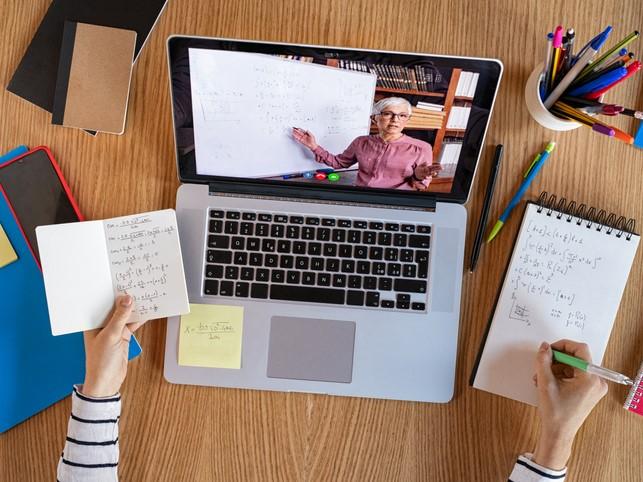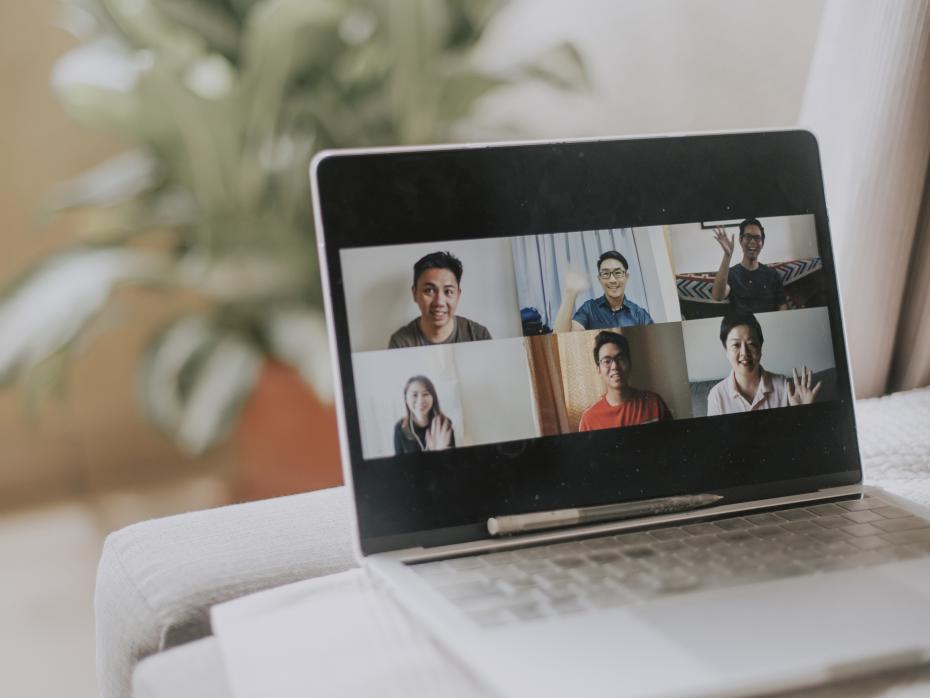
Rethinking remote labs to deliver during Covid and beyond

You may also like
Popular resources
Remote science and engineering labs can never replace the in-person lab experience in which direct interaction and hands-on experience nurture student learning; this has been widely agreed. However, being forced into delivering remote learning by the pandemic spurred our faculty to devise truly innovative methods.
Assistant professor of engineering Matthew Spencer’s experimental engineering lab, which is required of all engineering majors, was halfway through the spring 2020 semester when the college abruptly cancelled in-person classes. Students had spent the first half of the course performing a series of lab experiments. Typically, students would spend the second half of the semester working in teams to build robots and prepare them for an ocean dive.
When it became clear that the robot project was a non-starter, Dr Spencer switched gears. He recruited engineering stockroom manager Sam Abdelmuati to assemble kits for each student that included an Arduino microcontroller plus soldering irons, operational amplifiers and sensors. Most of the kits, which fit inside a ziplock freezer bag, were distributed during the final in-person class.
Students around the world then worked in teams to build sensors of their team’s choosing. Each team member built the same suite of sensors, took the same set of measurements and then correlated the measurements with environmental properties of their home. Experiments included comparisons of the speed of sound at different altitudes and light pollution against urban density.
Until the beginning of August 2020, assistant professor of physics Nicholas Breznay and his colleagues had been planning to offer a socially distanced, in-person lab in the autumn term for his senior advanced lab (AdLab) class, required of many physics majors. With two or three weeks to go, California colleges and universities were still not allowed to offer in-person courses, and Dr Breznay was at a loss as to how to proceed.
He wanted to replicate the cutting-edge research expected of his students and to create a virtual classroom environment where students could gather to solve problems and share ideas. A colleague recommended Gather.town, a virtual space that simulates locations on campus where students and faculty can interact through personal avatars.
“It was successful off the bat because it was different,” said Dr Breznay. “It gave them a place to explore and have their mental batteries refreshed after a week of lectures, recitations and watching videos.”
Students used directional arrows on their computers to “walk” down the hall to AdLab, where embedded links would open sessions and allow them to observe and control various instruments designed to measure the optical properties of solids and check out mechanical properties of Van der Waals materials. Remote-controlled pan-zoom-tilt cameras allowed them to get close enough to read digits and monitor settings on other set-ups. Dr Breznay and B. J. Haddad, the physics lab manager, served as lab techs to change settings and move dials as students performed remote experiments.
The necessity of teaching remotely last year also forced assistant professor of physics Mark Ilton and his team, including associate professor of physics Sharon Gerbode, to re-envision Physics 50, a lab course required of all Harvey Mudd College students.
Three experiments were developed, all of which could be performed at home: using household objects and a phone app to measure the coefficient of static friction; watching a video of steel balls dropping into a beaker of glycerin to measure viscosity; and using a kit that was sent to all 160 students and instructors with simple items that could be used to learn about the structure of a diffraction grating.
They abandoned lab notebooks, quizzes and tests. Instead, students were taught how to communicate scientific results using figures, captions and plots to make their overall arguments. The team employed a rigid schedule of due dates to make sure all students were on track and used Google forms to set up real-time questions for students to ensure they understood what they were reading. These asynchronous resources were coupled with numerous Zoom office-hour sessions, where students could troubleshoot with their instructors.
Although everyone is looking forward to returning to in-person classes later this year, each of the faculty plans to incorporate lessons they learned from the remote experience.
Dr Breznay will continue to expand the online archive of student reports he created to replace the stack of paper reports in his classroom. He plans to maintain Gather.town for virtual instruction and as a means to reconnect with alumni. Dr Spencer hopes to preserve the weekly faculty check-in meetings to make sure each team is making progress towards their goals. He also will continue offering virtual office hours, which were well received by the students.
“The process of teaching remotely forced the team to be much more thoughtful and purposeful about how we present the material and specifically what goals we have for the students at different stages of the course,” Dr Gerbode reflected. “Currently, we’re talking as a department about creating a hybrid version of the lab in the autumn.”
Maria Klawe is president of Harvey Mudd College, California; serves on the boards of the American Association for the Advancement of Science and non-profits Math for America and EdReports.org; and is a fellow of the American Academy of Arts and Sciences.


